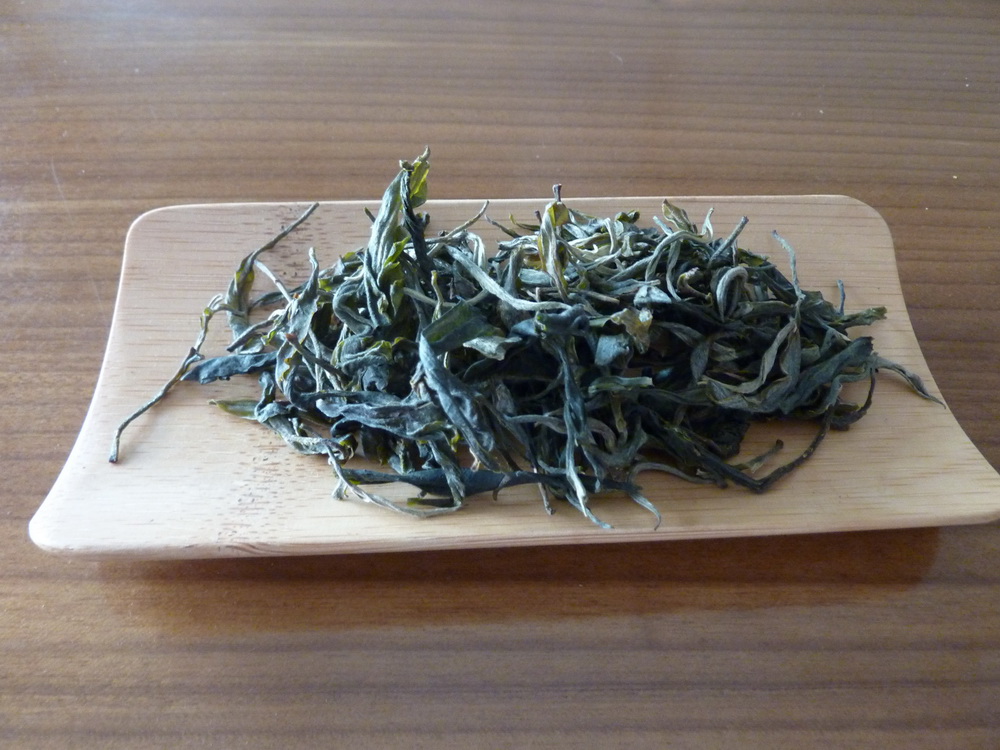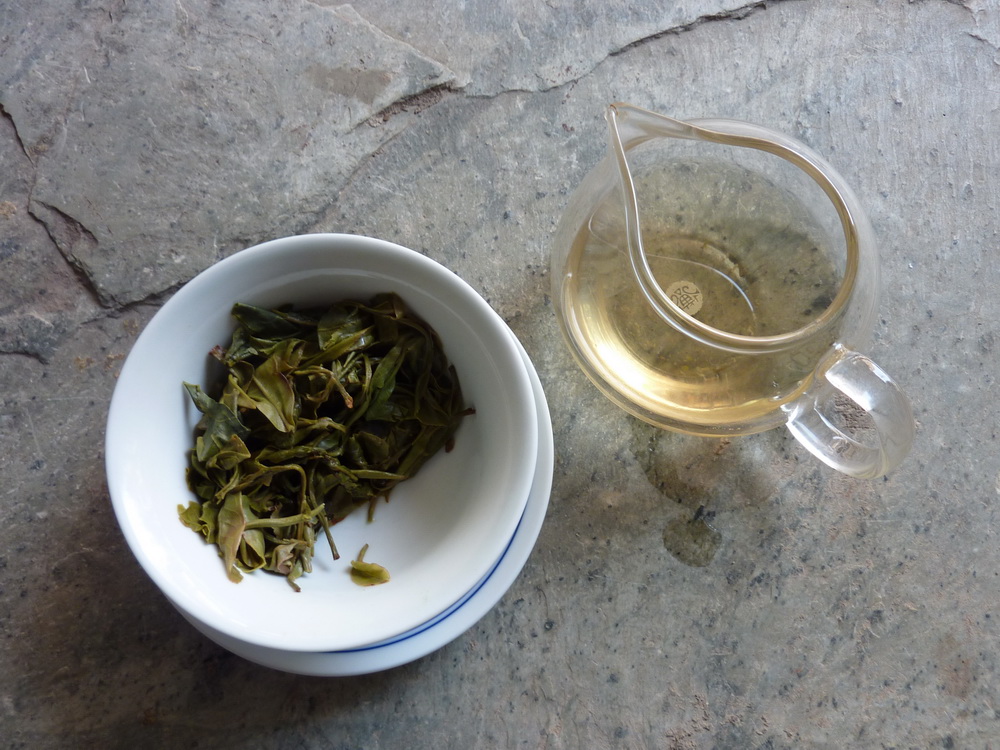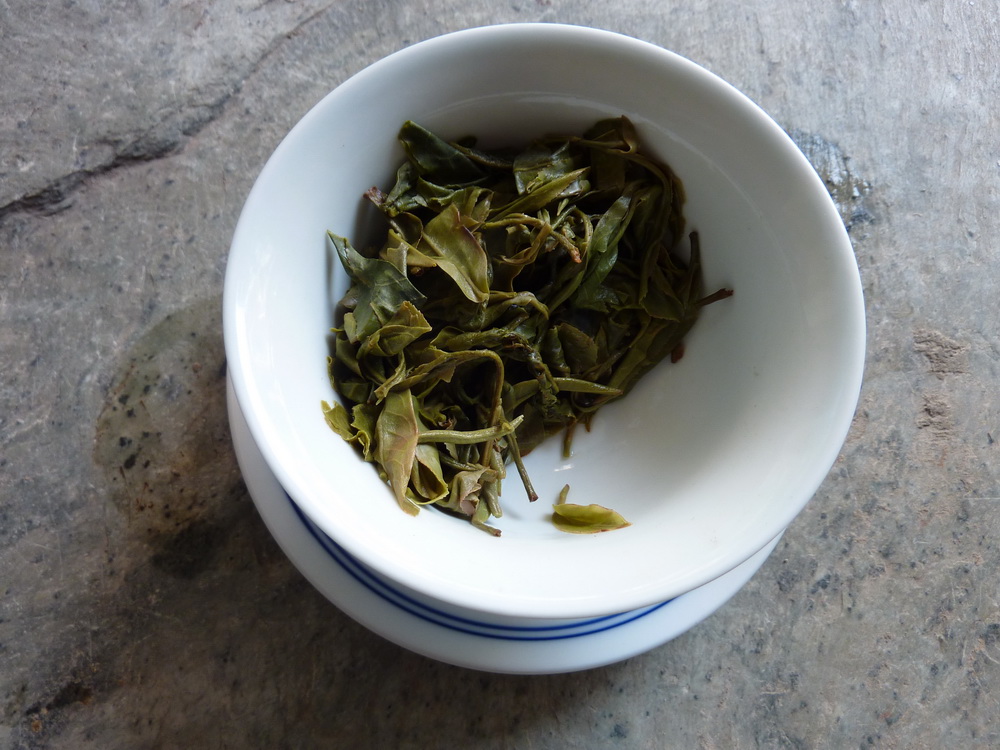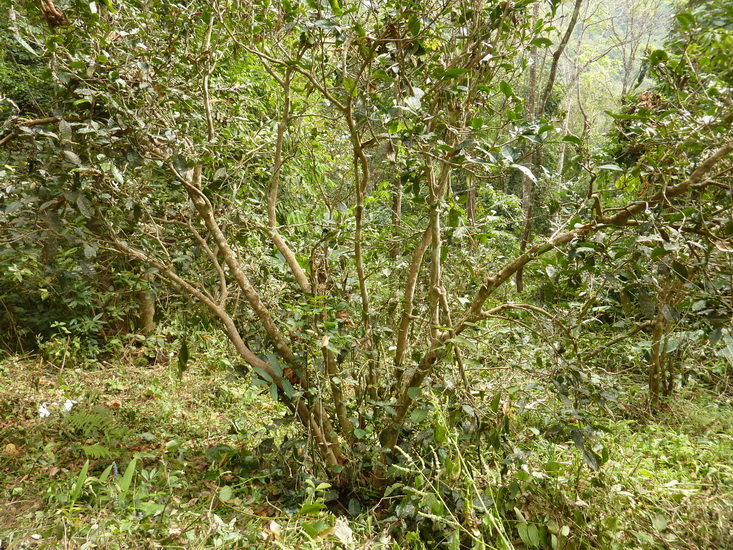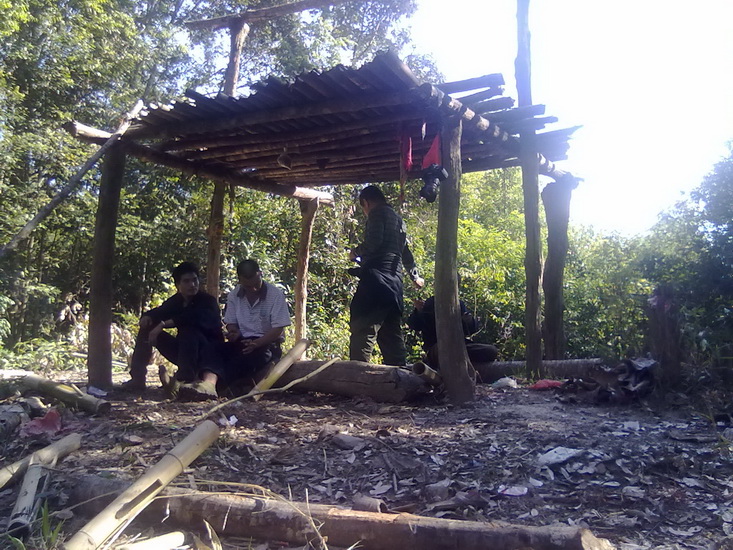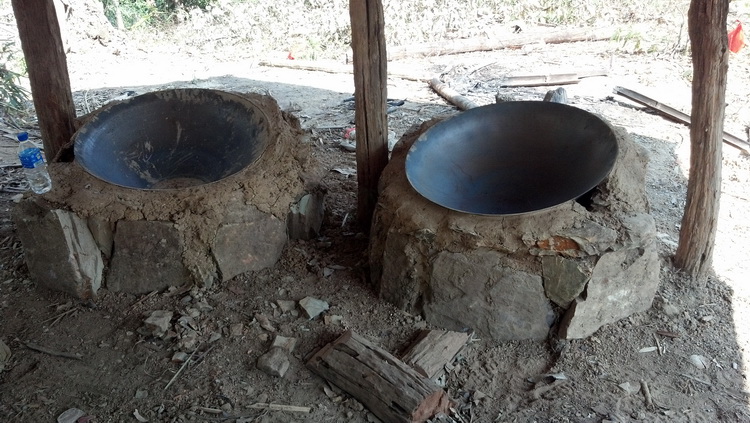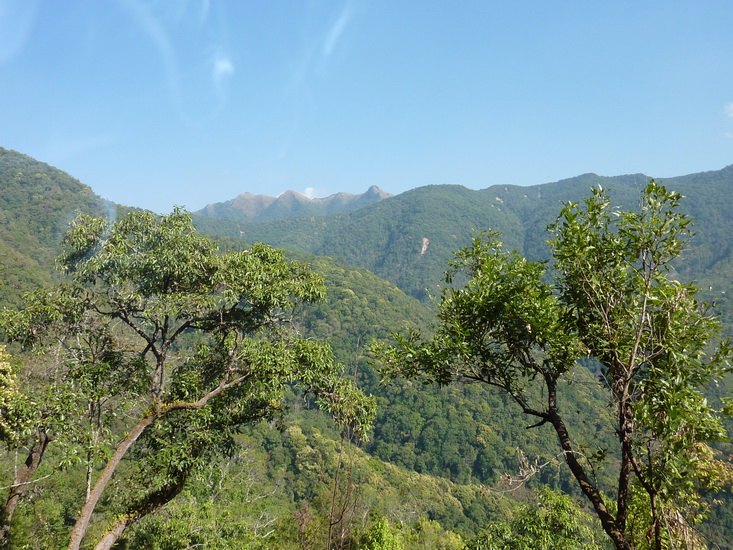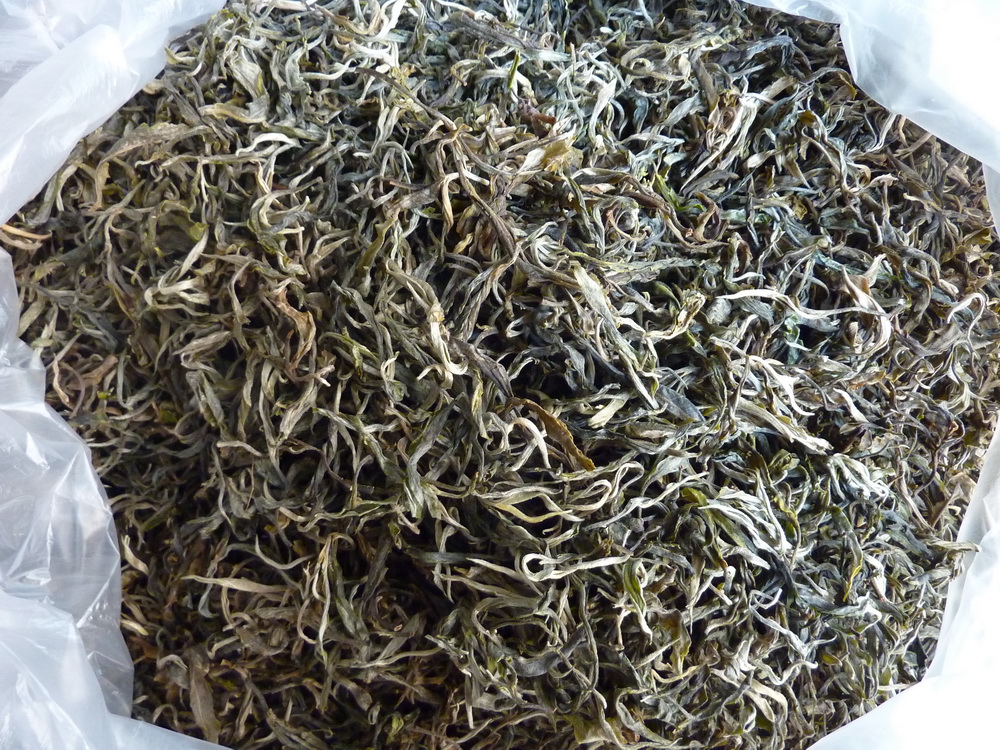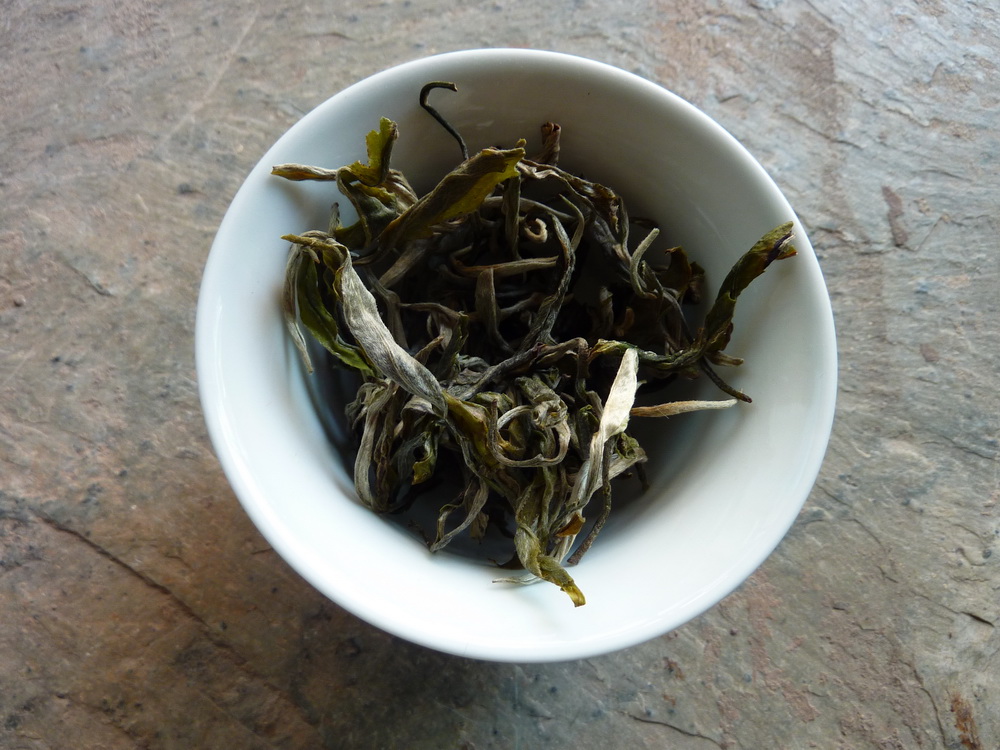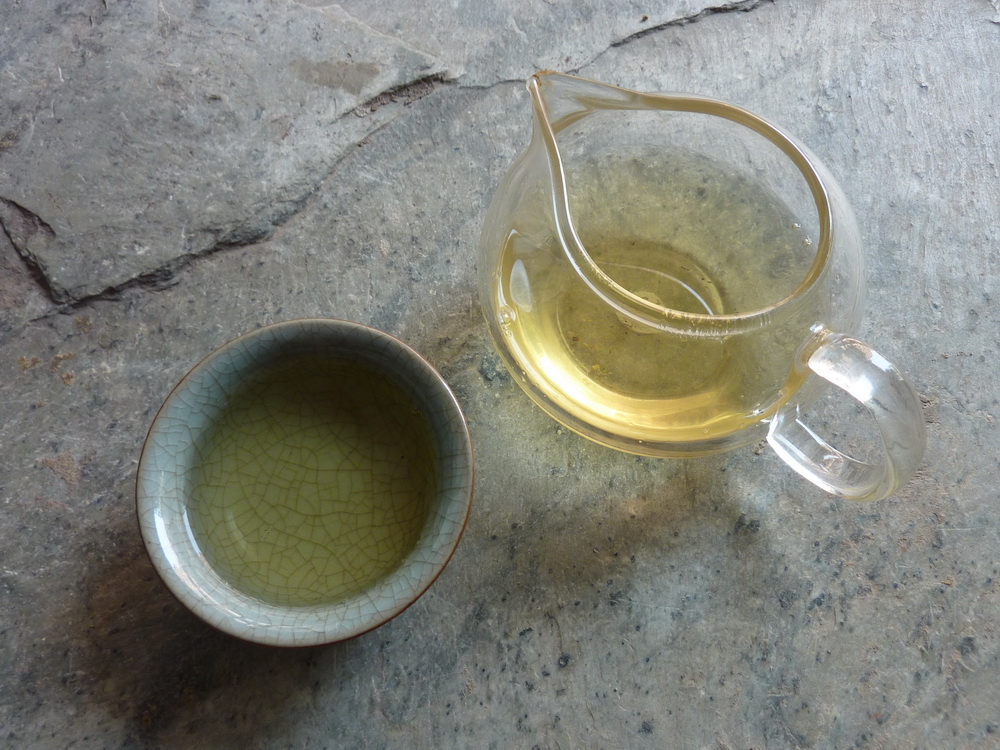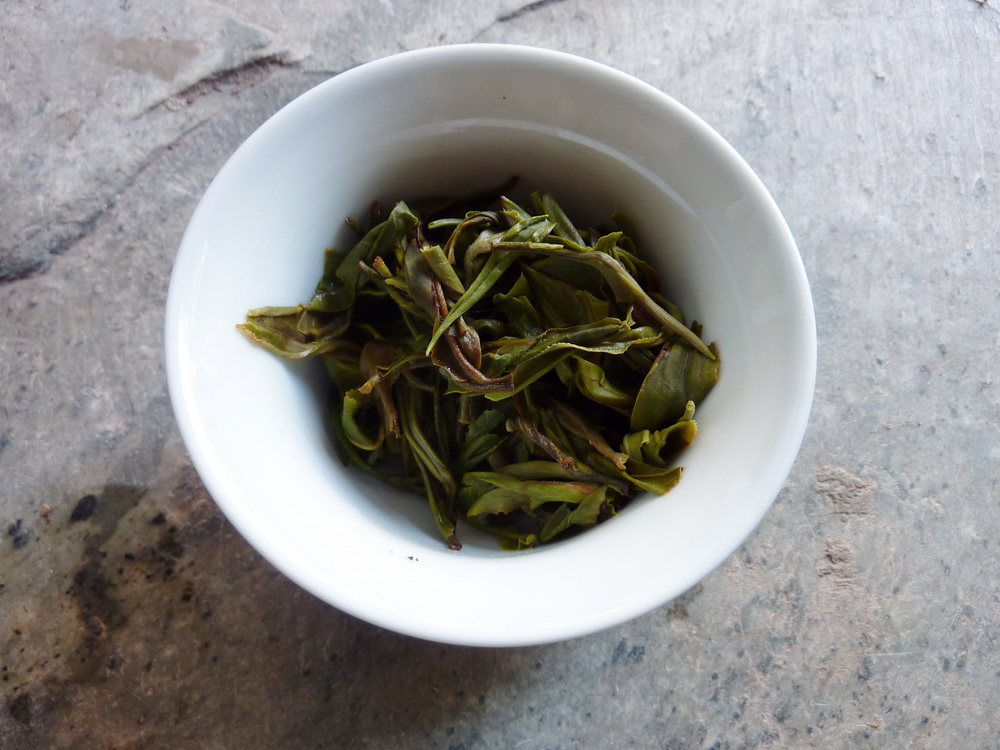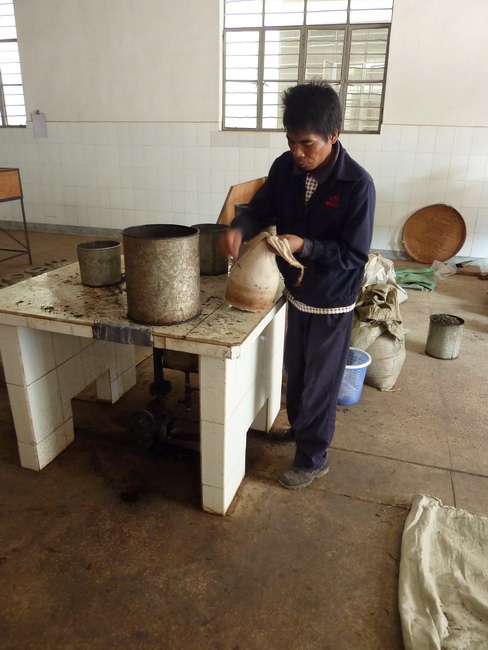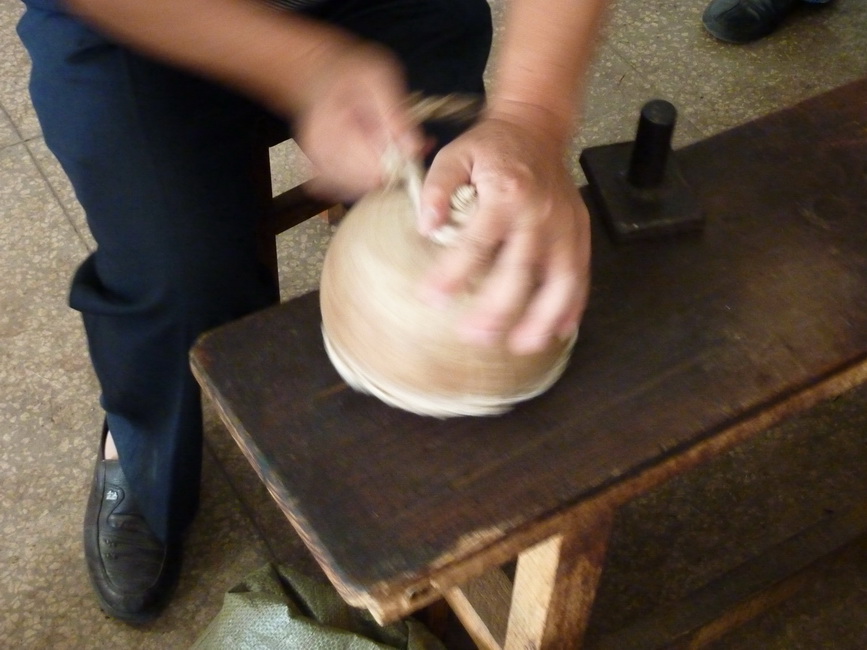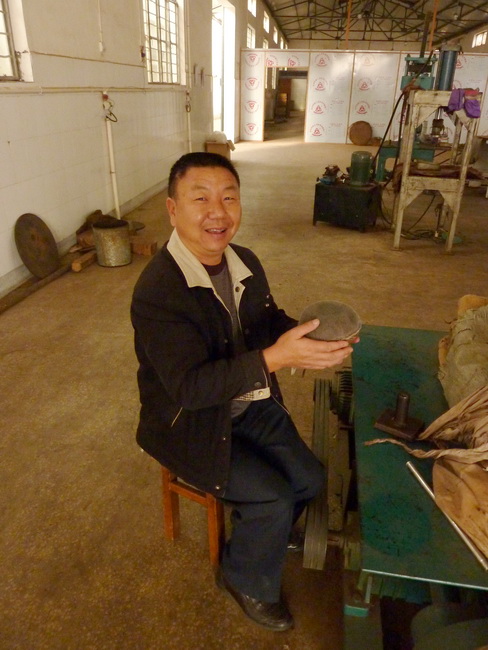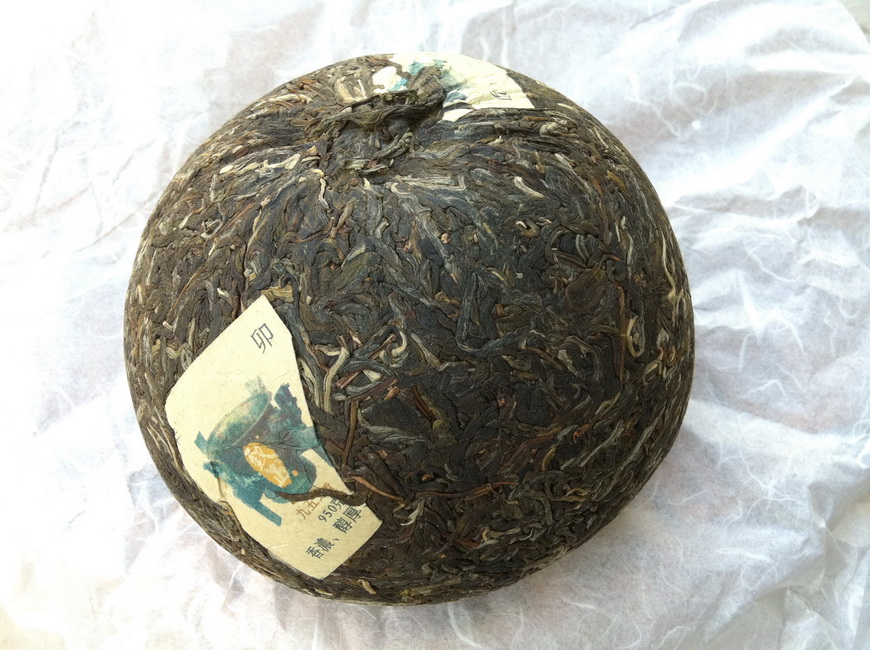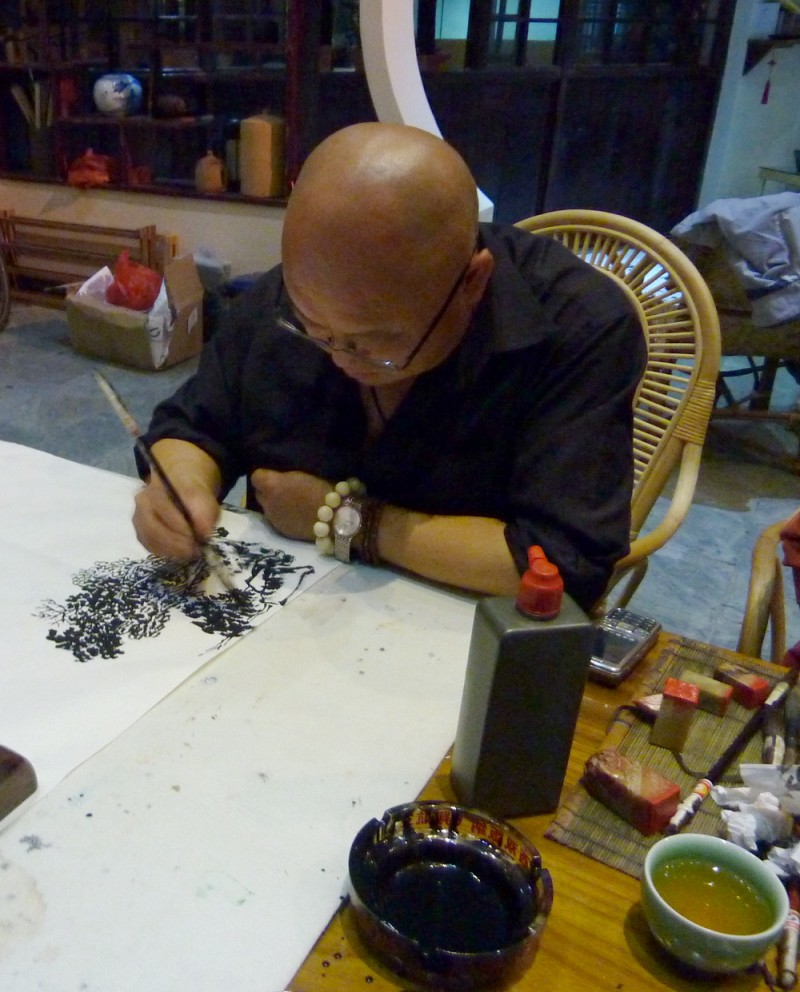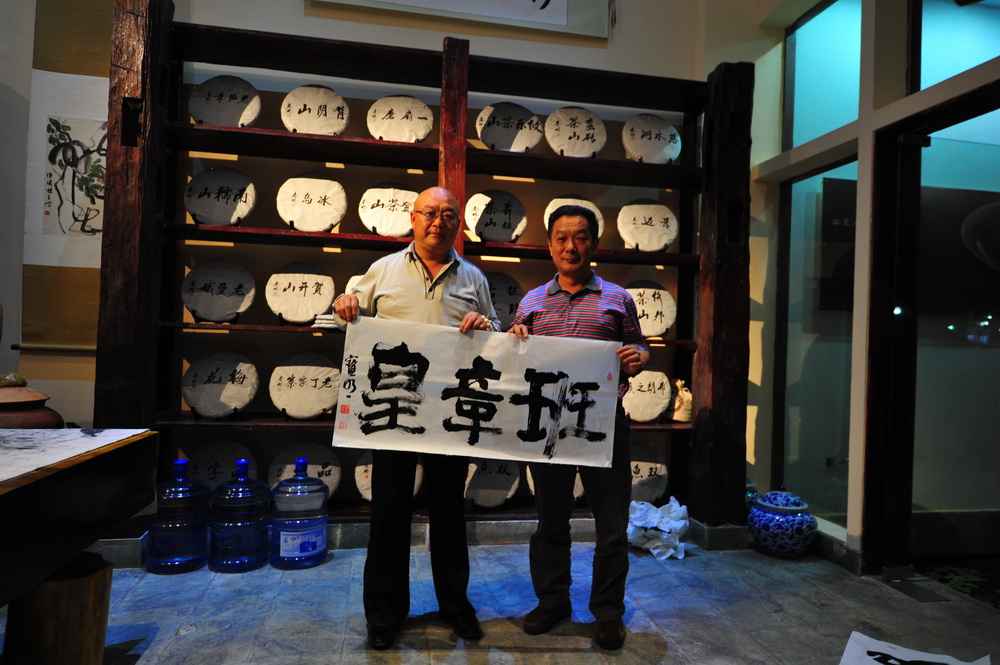Shizuto Masunaga is seen as the author of ‘Zen Shiatsu’ and Akinobu Kishi is said to have been his foremost student.
Some years ago, whilst I was studying shiatsu, I had the good fortune to study with Kishi on a couple of occasions. At the end of one day, a student asked a ‘nuts and bolts’ question about what to do if something was or wasn’t happening, which sounded like it required a ‘nuts and bolts’ answer. “This” said Kishi, “is a question about wanting.”
I have come more and more to the notion that this response could equally apply to tea.
Our preconceptions, which are cobbled together out of our experiences and our perceptions of those experiences, inevitably affect the way we perceive each new experience.
Let me try to clarify. We drink a tea for the first time, we form an opinion about it: we either like or we don’t like it, or we are indifferent to it. If it is one of the first two reactions, we will probably go on to determine what it is that we do or don’t like about it: the fragrance, the flavour, the bitterness, the sweetness, the aftertaste, etc.
But useful as the ability to judge is, there’s a problem with it: Even the same tea, can taste different at different times, not necessarily because the tea has changed (which it does, all the time) but because I’ve changed, my perceptions are not static, they are also in a state of flux. Sometimes, I drink a tea and it appears to be quite mild, but on another occasion, it can taste surprisingly bitter. If I drink tea in the morning, before eating, my perceptions are keener. If I drink after a eating, they are dulled considerably. Sometimes, much less obvious factors are going to colour our perceptions.
So we approach tea A, expecting it to taste like ‘Taste A’, but it doesn’t. It tastes like something else. If our opinion is fixed, we will doubtless be disappointed, but if we are open to the experience, not ‘wanting’ anything, we may see that there are qualities in the tea that are different from those we were expecting, but they are also good.

